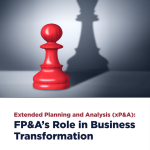xP&A is more than an attempt to ‘fix’ the planning process. It is a complete transformation...
The Amsterdam FP&A Board met on Tuesday, 9 May 2023. Senior FP&A practitioners from diverse sectors attended it to discuss Moving from FP&A to Extended Planning and Analysis (xP&A).
The meeting was sponsored by Pigment in partnership with International Workplace Group and Michael Page.
The forum was moderated by Larysa Melnychuk, the CEO of FP&A Trends Group and Founder of the International FP&A Board.
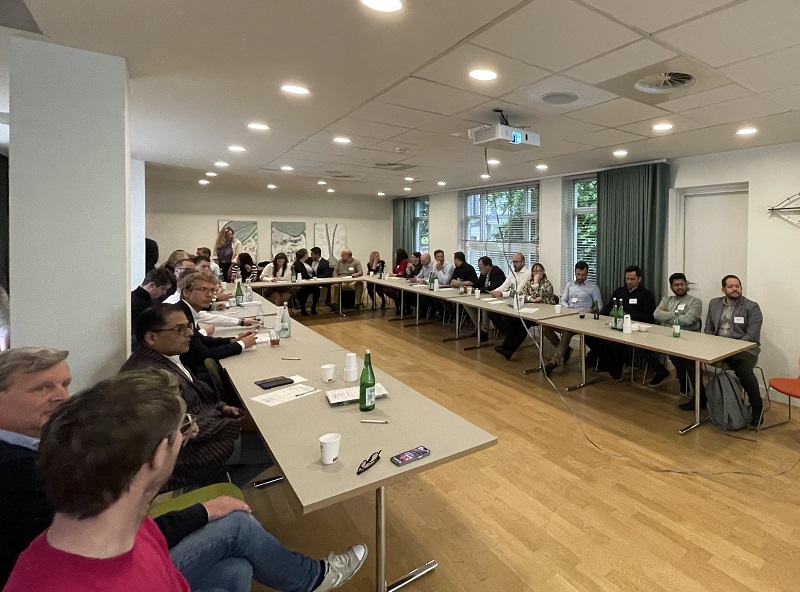
Figure 1: The Amsterdam FP&A Board Members (May 2023)
After personal introductions, the first topic the Board Members discussed was what key challenges FP&A teams face. The board identified the following:
- Continuous changing external circumstances (e.g. inflation)
- High expectations from management
- Lack of system integration
- Master data management
- Lack of reliable real-time data
- Lack of cash flow forecasting abilities
- Cultural and behavioural barriers (communication, collaboration)
In summary, the biggest challenge is that traditional models no longer work. Additionally, many companies are not following the latest best practices. For example, when asked, none of the board members confirmed that their company had a 12-month rolling forward forecast.
After this, the Board discussed the principles of xP&A.
A Journey to Analytical Excellence: Key Takeaways from Amsterdam FP&A Board
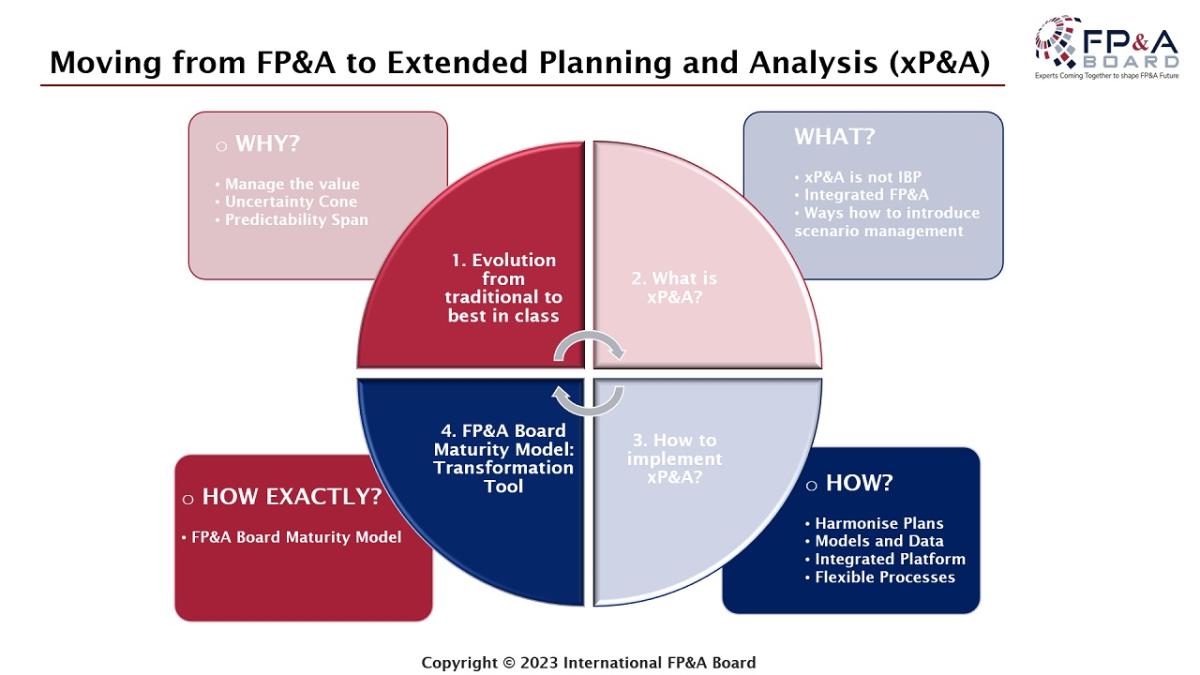
Figure 2: The discussion was centred on xP&A
xP&A is a journey to analytical excellence that involves:
- Cross-functional planning, moving beyond finance, including Marketing, Sales, HR and Supply Chain (the “x”).
- Aligning strategic, financial and operational plans by harmonising them vertically and horizontally, creating a single, continuous process. Vertical integration means top-down and bottom-up, and horizontal means between functions.
- Digital transformation (tools and processes). Technology needs to connect models, processes and people, facilitating the integrated build-up of plans and forecasts. It also should facilitate scenario building.
The six key success factors of an integrated FP&A (xP&A) approach are:
- Identify key drivers
- Driver-based model
- Three-way model
- Integrated processes
- Integrated people
- Integrated platform
The below model shows the success factors in the FP&A Matrix.
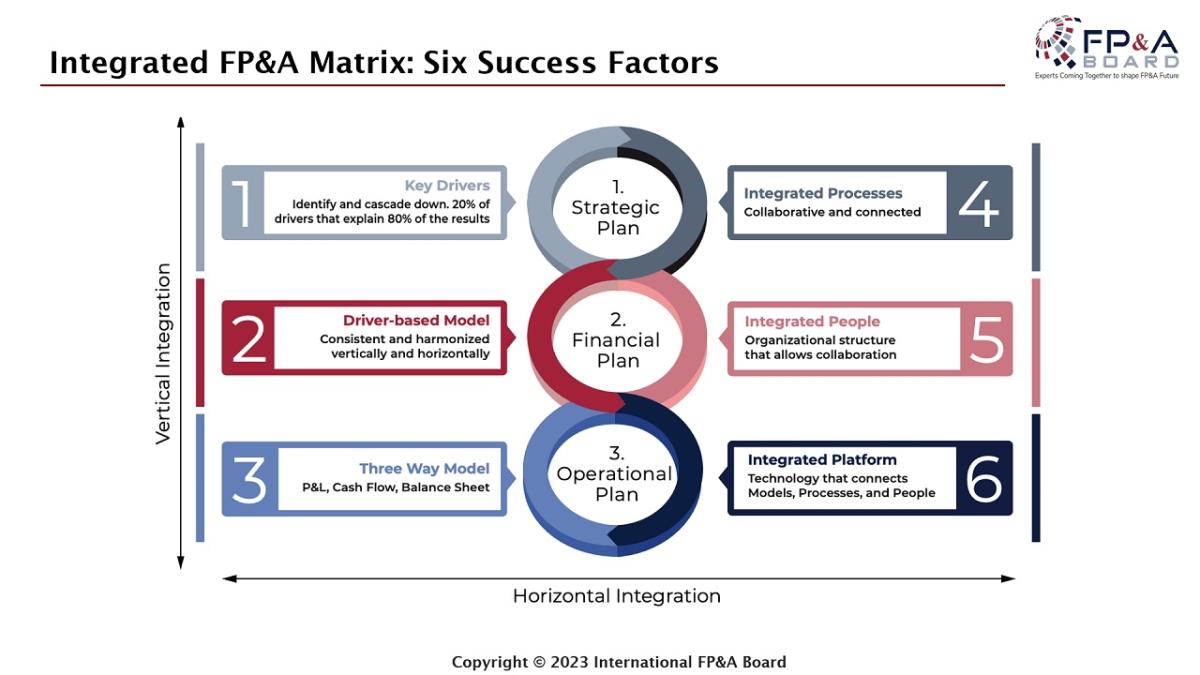
Figure 3: Integrated FP&A presupposes aligning vertical and horizontal processes.
Evaluating your FP&A Maturity is Crucial to Consider before Analytical Transformation
The FP&A Maturity Model – developed by the International FP&A Board – shows the characteristics that define the maturity of an FP&A operation, analysing where it stands for:
- Leadership
- Functional Skills
- Business Partnering and Collaboration
- Process
- Data & Analytics and
- Technology.
The stages are as follows:
- Basic
- Developing
- Defined
- Advanced
- Leading
Level 1 means that forecasts and plans are still driven by corporate politics, while functional skills are limited to finance and accounting, with minimal emphasis on Business Partnering. The existing processes lack formality and integration, relying on manual data updates, no analytics are performed, and only basic P&L reports are available. For technology, it means that spreadsheets are used, no BI tool is available, and collaboration is impossible.
.jpg)
Figure 4: The FP&A Board Maturity Model will help you assess where you are on the scale
Level 5 is the most advanced stage. The most important characteristics are a strategic focus, multi-disciplined teams, collaboration, integrated processes, multiple Scenario Planning, (near) real-time data, key drivers identified by Artificial Intelligence and/or Machine Learning, AI and real-time collaborative platform.
A Case Study from Foot Locker
After this introduction on xP&A and the International FP&A Board Maturity Model, Sumit Chaudhary, Divisional CFO, EMEA at Foot Locker, proceeded to enlighten the Amsterdam FP&A Board about the remarkable transformation of the FP&A operation within his organisation. He highlighted the shift from an isolated activity to an integrated one across the company enabling robust forecasting and planning.
The transformation was done in the following steps:
- Assessment – discuss with leadership, map process, stakeholder map, gap analysis
- Roadmap – define the journey, elevate the team, data model enhancement, process changes, roll out
- Functional Skills – restructuring, breaking silos, clear definition of responsibilities, training, alignment within the FP&A team
- Process – end state, drivers and stakeholder alignment, building modules, redefining forecast schedule, building one single data source, stress test
- Technology – system implementation, predictive analysis ability, Power BI integration
- Leadership – stakeholder alignment, distributed ownership, thinking in connections, FP&A embedded in the business.
Group Work
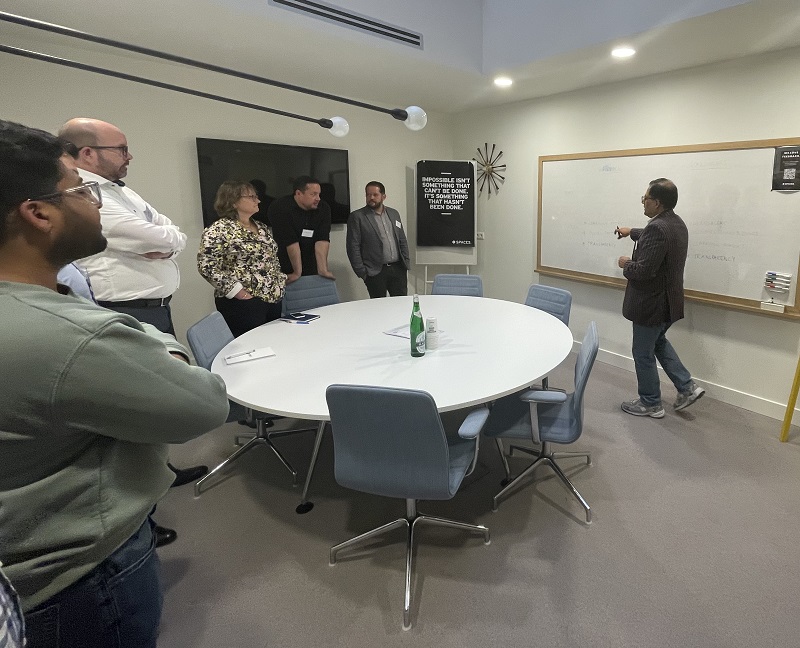
Figure 5: Group Work, the Amsterdam FP&A Board (May 2023)
The board was divided into three groups to discuss the key steps to implement xP&A in the next session. Each group focused on one of the 3 main areas concerned:
- Data and Models
- Systems and Processes
- People and Culture
Per area, these were the key steps identified.
Data and Models
For data and models, the first step is to secure the cohesiveness of data, as having the right master data/metadata setup is critical.
The second step is to examine the business needs: what data needs to be recorded to make a forecast and/or plan that reflects business reality.
The third step is to pay attention to the quality of the data:
- Make sure legacy data is transferred correctly into the new database.
- Identify missing data and make every effort possible to collect this.
- Make sure that data quality is secured at the input level, remembering the adage: “Garbage in, garbage out”.
The fourth step is to make sure that the data is consolidated systematically.
Systems and Processes
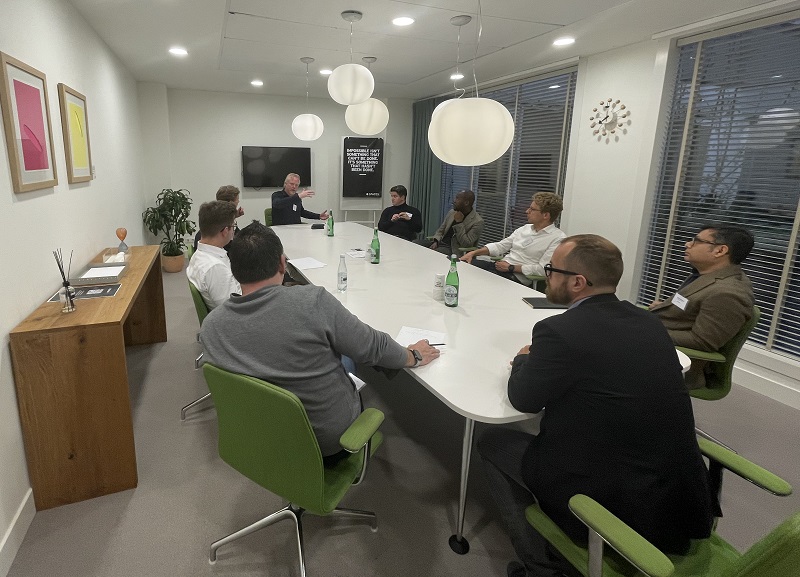
Figure 6: Group Work, the Amsterdam FP&A Board (May 2023)
For systems and processes, the first step is to have an overall vision of what system the company needs. One should not forget that a system is just a tool, not a goal on its own.
The second crucial step involves addressing the prevailing pessimism about systems. Instances abound where the absence of flexibility and failed integrations have contributed to a negative narrative, thus impeding the successful implementation of new systems.
The third step is to secure the right level of investment.
The fourth step is to get all key stakeholders on board.
The next steps are the usual steps to implement a new system.
People and Culture
When it comes to people and culture, the initial emphasis lies on the FP&A team. The team members should have the following qualities:
- being business savvy,
- being able to assess risks,
- and being able to tell a story.
Moreover, cultivating a learning mindset is essential, as it is the capacity to navigate and manage ambiguity.
Secondly, the ownership of the forecasting and planning process should be with the risk-takers in the business.
Thirdly, incentives should be linked to the real business drivers to gain high engagement.
And lastly, the organisation as a whole needs to have a learning mindset and a culture of transparency.
After this conclusion, the board came together during the usual wine reception to build new connections and to debate what was just discussed before. It was ‘gezellig’ as they say in the Netherlands.
Subscribe to
FP&A Trends Digest

We will regularly update you on the latest trends and developments in FP&A. Take the opportunity to have articles written by finance thought leaders delivered directly to your inbox; watch compelling webinars; connect with like-minded professionals; and become a part of our global community.

